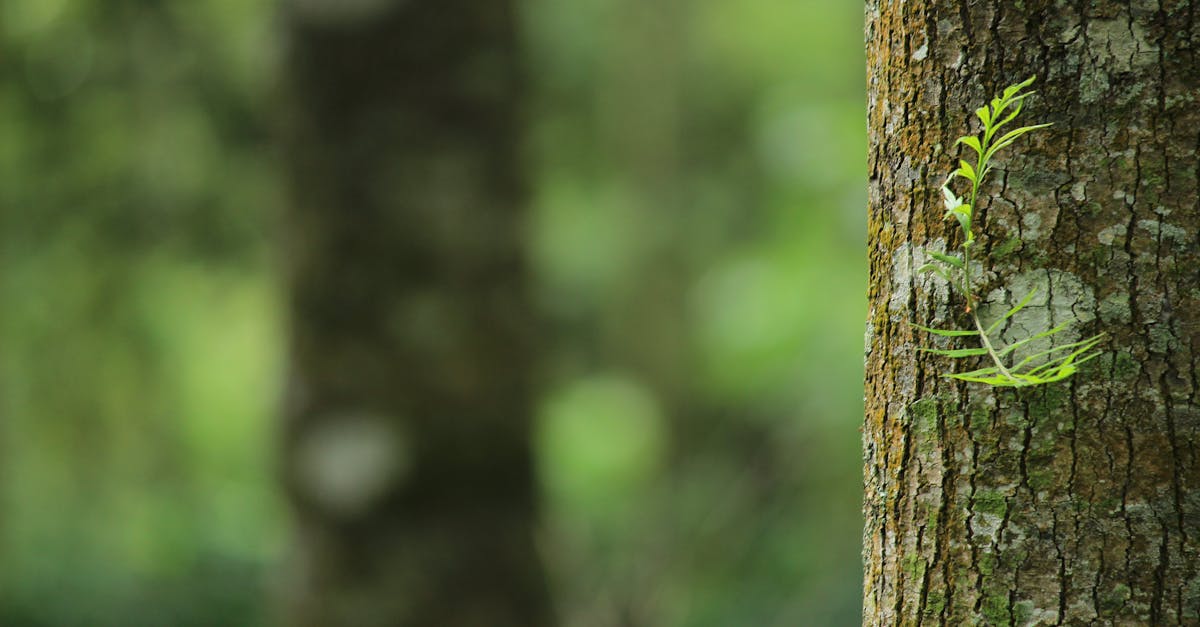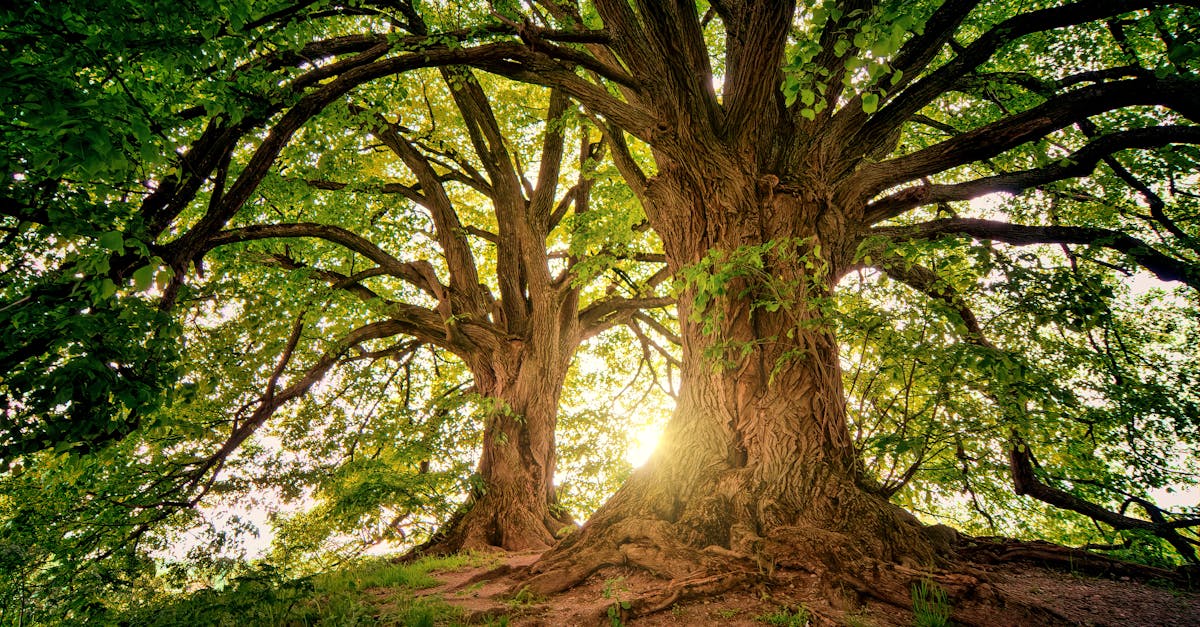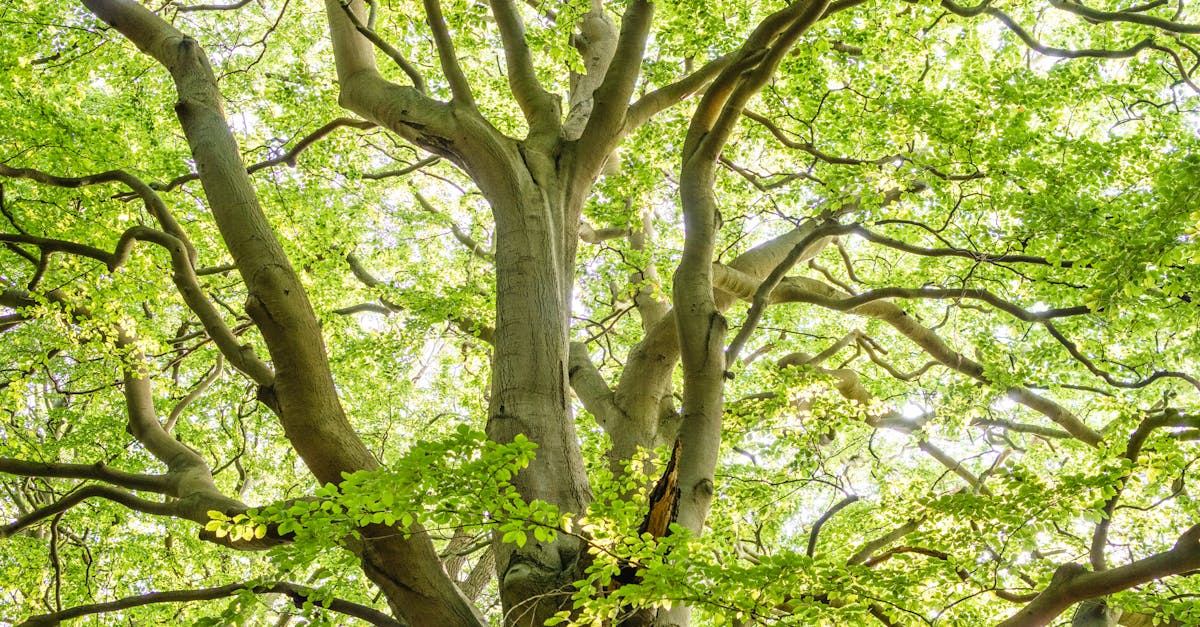
Tree Risk Assessment
Diana Tree Services offers professional tree risk assessment services to help property owners, managers, and municipalities identify potential hazards posed by trees on their premises. Our team of certified arborists will conduct thorough inspections of trees to assess their overall health, structural integrity, and potential risks. By evaluating factors such as tree species, location, age, and condition, we are able to provide detailed reports and recommendations on how to mitigate any risks identified. Our goal is to ensure the safety of individuals and properties while preserving the natural beauty and benefits of trees. Trust Diana Tree Services for reliable and expert tree risk assessment services.
Tree Risk Mitigation Strategies
Tree risk mitigation strategies play a crucial role in ensuring the safety and health of trees in various settings. Certified arborists utilize their knowledge and expertise to assess potential risks associated with trees, such as fungal infections, soil issues, or weather-related hazards. By conducting thorough inspections and assessments, arborists can identify and address potential risks before they escalate, ultimately minimizing the chances of tree failure or damage.
Implementing effective solutions is essential in mitigating tree risks and maintaining a safe outdoor environment. Strategies such as regular pruning, soil fertilization, and root system evaluations can help enhance the longevity of trees and reduce the likelihood of structural failure. Additionally, staying proactive in monitoring for signs of disease, infestation, or environmental stressors can aid in early detection and timely intervention, ensuring the overall health and stability of trees on commercial or residential properties.
Implementing Effective Solutions
Implementing effective solutions for tree risk assessment involves a combination of careful observations and utilizing advanced technologies. By conducting thorough visual inspections of the tree canopy and trunk, arborists can identify potential risk factors such as fungal growth, wood decay, or structural weaknesses. These observations are crucial in determining the overall health of the tree and assessing its safety. Additionally, incorporating technology such as sonic tomography can provide further insights into the internal integrity of the tree, helping to pinpoint areas of concern that may not be visible on the surface.
Beyond visual assessments and technological tools, developing comprehensive management strategies is essential in mitigating tree risks. This includes implementing preventative care measures, such as regular pruning and monitoring, to maintain the health and structural integrity of trees. Training staff in proper tree care practices and safety protocols is also critical in reducing the likelihood of accidents or damage. By combining observation, technology, and proactive management, arborists can effectively address tree risks and ensure the safety of both the trees and the surrounding environment.
Advanced Technologies in Tree Risk Assessment
Advanced technologies have revolutionized the field of tree risk assessment. One method gaining popularity is sonic tomography, a non-invasive technique that uses sound waves to create images of the interior of trees. By analyzing these images, arborists can detect potential decay or cavities within the tree that may not be visible from the outside. This advanced technology provides a more comprehensive assessment of the tree's health and structural integrity, enabling arborists to make informed decisions regarding tree care and maintenance.
Another cutting-edge technology in tree risk assessment is resistography, which involves the use of a specialized drill to measure the density of wood within a tree. This method helps arborists identify areas of decay or structural weakness by measuring how easily the drill penetrates the wood. By pinpointing these trouble spots, arborists can strategically plan for tree care and maintenance, reducing the risk of tree failure and enhancing the overall safety of the tree. Incorporating advanced technologies into tree risk assessment enhances the accuracy and efficiency of the assessment process, allowing arborists to provide optimal care for trees in various environments.
Utilizing Sonic Tomography
Sonic tomography is a cutting-edge technology gaining traction in the arboriculture industry for assessing the internal health of trees. By utilizing sound waves to create images of the tree's internal structure, arborists can detect decay, cavities, and other hidden issues that may compromise the tree's stability. This non-invasive method provides valuable insights into the structural integrity of trees, allowing for early detection of potential risks and the development of targeted mitigation strategies.
Arborists across various states like Utah, Wyoming, and Pennsylvania are increasingly incorporating sonic tomography into their tree risk assessment toolkit to enhance efficiency and accuracy. This innovative approach not only aids in the early identification of structural weaknesses but also allows for evidence-based decision-making to ensure the safety of trees in urban and natural settings. By harnessing the power of sonic tomography, arborists can proactively address potential risks and implement appropriate management strategies to mitigate hazards effectively.
Tree Risk Assessment for Commercial Properties
Tree risk assessment for commercial properties is crucial in maintaining a safe and aesthetically pleasing environment for businesses. Proper assessment involves evaluating various factors such as the health and structural integrity of trees on the premises, as well as the potential risks they pose to buildings, vehicles, and people. Commercial property owners in states like California, Texas, and Florida must prioritize tree risk assessments to mitigate any liability issues that may arise from tree-related incidents.
Engaging professionals with expertise in tree risk assessment, like certified arborists and tree service companies, can ensure that commercial properties are adequately evaluated for potential risks. These experts can provide in-depth assessments, recommend appropriate management strategies, and execute necessary actions to address any identified hazards. By proactively managing tree risks on commercial properties, business owners can safeguard their assets, protect the well-being of employees and customers, and maintain the overall environmental integrity of their establishments.
Managing Risks for Business Owners
Business owners with trees on their commercial properties in Atlanta, GA must prioritize tree risk assessment to safeguard against potential hazards. Implementing routine assessments can help in identifying any tree-related risks and taking proactive measures to mitigate them promptly. By understanding the methodology and guidelines set forth by ANSI A300 standards, business owners can ensure a comprehensive evaluation of their trees' health and structure.
Furthermore, utilizing advanced technologies like resistograph and sonic tomography can provide business owners with in-depth insights into the internal health and stability of the trees on their property. These modern tools offer non-invasive ways to assess tree structures accurately, enabling early detection of any potential issues that may pose risks to the property or individuals. Collaborating with tree service professionals who are well-versed in these technologies can help business owners make informed decisions and protect their investments effectively.
FAQS
What is tree risk assessment?
Tree risk assessment is the process of evaluating trees to determine the likelihood of failure and the potential risks they pose to people and property.
Why is tree risk assessment important?
Tree risk assessment is important because it helps identify potential hazards posed by trees, allowing for proactive management and mitigation of risks to prevent accidents and property damage.
How is tree risk assessment conducted?
Tree risk assessment is typically conducted by certified arborists or tree care professionals who assess the tree's health, structure, and surrounding environment to determine the level of risk it poses.
What are some common signs of tree risk?
Common signs of tree risk include dead or hanging branches, cracks in the trunk or major limbs, leaning or uprooted trees, and signs of decay or disease.
How can tree risk be mitigated?
Tree risk can be mitigated through various strategies such as pruning to remove dead or hazardous branches, cabling or bracing to support weak limbs, and regular tree inspections and maintenance.


